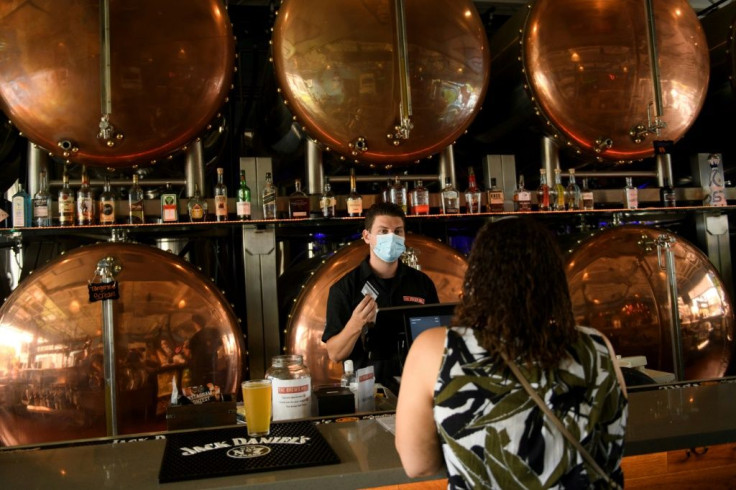Will Tablets And Robots Replace Waiters?
Tablets and robots are the new cheap “labor” that is taking over the restaurant industry. Tablets allow customers to place orders and pay bills. Robots prepare food and deliver drinks, bringing the machine touch to a traditional service industry, as a visit to the Kura-Sushi chain would confirm.
"It comes down to simple math, and I’ll give you two geographic examples of the financial impact that a robot can make today,” Izzy Kharasch, president at Hospitality Works, told the International Business Times. The math below does not include the increased productivity of servers, the savings of workers' comp, 401k's, and other employee taxes.
Oklahoma
- 2 runners per day each working 6-hour shifts 7 days per week at $7.25 per hour (state minimum wage) over the period of 1 year = $31,668. The cost of one robot is $700 per month or $8,400 per year or a total annual savings of $23,268.
California
- 2 runners per day each working 6-hour shifts 7 days per week at $14 per hour (state minimum wage) over the period of 1 year = $65,520. The cost of one robot is $700 per month or $8,400 per year or a total annual savings of $57,120.”
Does the large financial impact of robots in the restaurant industry mean that waiters will become another extinct profession to be taken over by technology? Can technology deliver the same or better dining experiences than human servers? Experts are divided on these issues.
Graham Humphreys, CEO of The Culinary Edge, thinks that's possible outside fine dining. Technology devices offer a better dining experience than humans, especially among the younger generations.
"Already, about a third of dine-in customers prefer to order on some kind of screen rather than in person," he told IBT. "And that percentage goes up when we look at Gen Y and Z. Dine-in customers are also delivery, pick-up, and drive-through customers. They've fallen in love with the convenience, speed, and accuracy of ordering through a screen.”
Bobby Marhamat, CEO of Raydiant, doesn't think robots can create the same engaging customer experience as humans. He sees them supplementing rather than substituting human services.
“So it's not that robots will replace wait staff; it's more likely the robots will take on more monotonous restaurant tasks, enabling employees to focus on making those personal, memorable connections with customers,” he told IBT. “After all, creating those unique restaurant experiences increases customer satisfaction and retention."
Marhamat further provided the results of a survey his organization conducted last year, showing that 90% of respondents said that positive in-store experiences are what brings them back to restaurants.
"It's the wait staff that is instrumental to the customer experience – not the robots," he adds.
Vipin Jain, Co-Founder & CEO at Blendit, doesn't see a binary world of technology or humans at the core of the restaurant industry, either.
"Whether it makes sense to introduce robots working alongside human workers or run a fully automated quick service restaurant location with robots serving guests is dependent on the demand profile of the location," he told IBT. "In locations where it won't make economic sense to take on the CapEx and OpEx of a full-scale restaurant, introducing a fully autonomous robotic experience is the only option to bring food service. In other locations, robotics can decrease the reliance on human labor and overhead costs while not eliminating human workers altogether."
Raydiant makes an analogy between the robot introduction in the restaurant industry today and the introduction of the ATM in the banking industry a couple of decades ago.
"When it was first released, there was a surge of panic through the banking industry that the machine would eliminate the need for bank tellers," he says. "In reality, banks expanded branches and opened multiple locations since they could spread their employees out much farther.”
What’s the end result?
“Over the next several years, ATMs managed to drop the overall operational costs of bank branches while tellers upskilled in areas beyond that of an ATM, fundamentally changing how the banking industry worked and functioned,” Raydiant adds.
Something similar may turn out to be the case in the restaurant industry. Tablets and robots may help upskill rather than outright replace waiters.

© Copyright IBTimes 2025. All rights reserved.






















